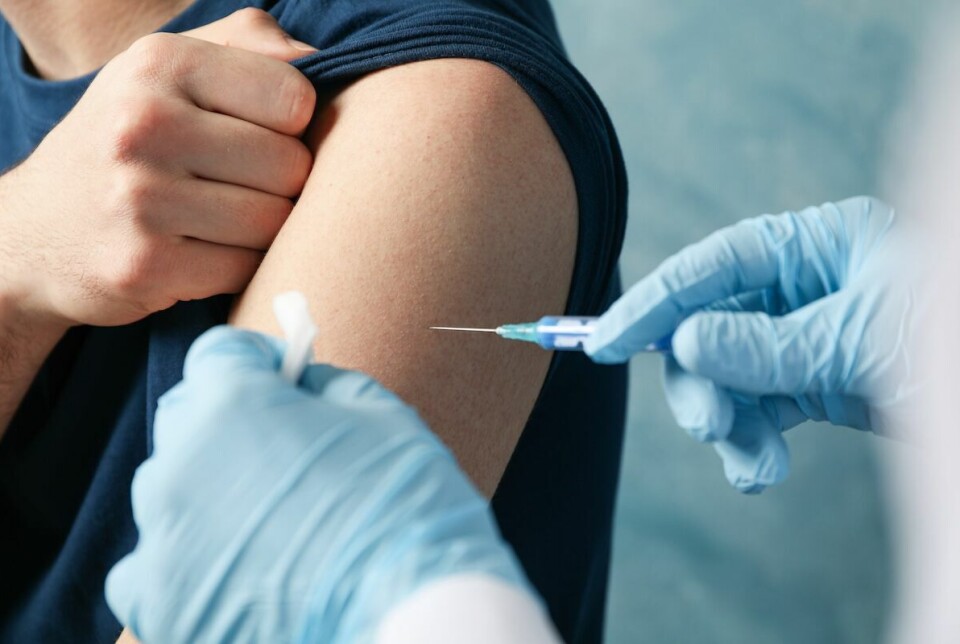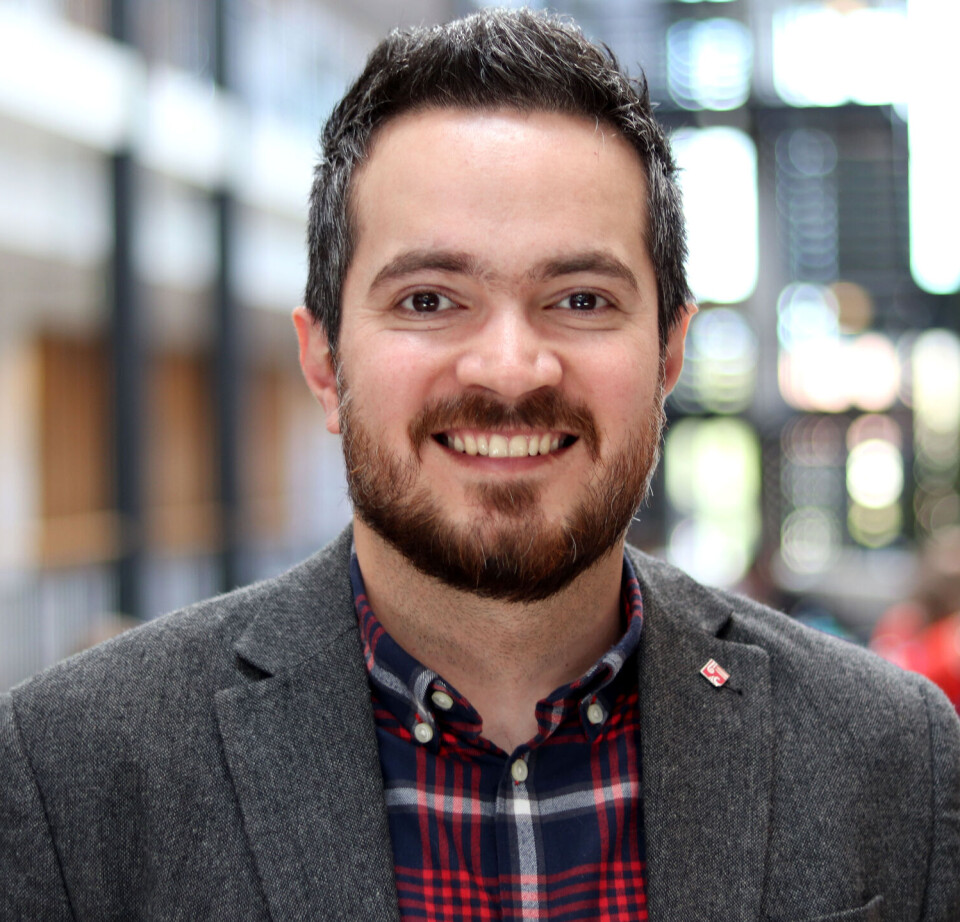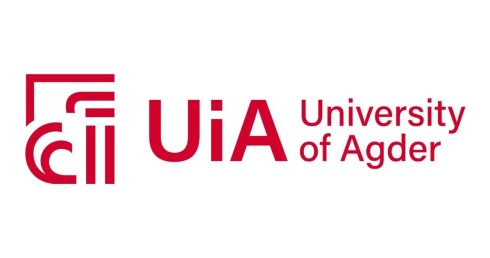THIS CONTENT IS BROUGHT TO YOU BY THE University of Agder - read more
How researchers aim to prevent vaccines from going to waste
"We can't risk people going without vaccines because poor decisions are made in Europe," says a researcher. A new digital system will help authorities distribute vaccines fairly and avoid waste.

No one knows exactly how many doses of Covid-19 vaccines were discarded during the pandemic. But the numbers are high. Media reported that 125,000 doses went unused in Norway in 2021 alone.
“We started planning quite late in Norway. There wasn't enough information about what kind of vaccines we'd get and when they'd arrive. There were also no systems to effectively gather and use data,” says Hossein Baharmand.
He is a researcher at the University of Agder and has led the development of a new system to assist authorities in distributing vaccines.
Many factors to consider
The system uses data available to decision-makers. This can include the number of vaccines and the population count in each municipality.
“Let's say we have 10,000 vaccines to be distributed among the 50,000 residents in Grimstad. The system calculates how we can allocate these fairly,” says Baharmand.

The model takes into account prioritised groups, distances between storage and vaccination sites, available transport, and the capacities of health centres.
The result is a plan for vaccine distribution that is both fair and feasible.
During the Covid-19 pandemic, Norwegian authorities struggled to organise all this information effectively.
“It was difficult for authorities to know how many vaccines to send where. Data on people's preferred vaccine manufacturer, for instance, wasn't stored properly. The result was that many vaccines had to be thrown away,” says Baharmand.
Fair planning
There will always be different opinions on what constitutes a fair distribution of vaccines. But the reality is that there won't be enough for everyone at first.
The system developed by the researchers requires authorities to first decide who should be first in line to receive vaccines. This could be the elderly, sick, or other groups.
“Let's say groups A, B, and C get vaccinated first. Other groups have to wait a bit. The system uses the number of people in these groups to create a plan,” explains Baharmand.
The goal is to maintain a smooth pace for vaccination. For instance, ensuring 60 per cent of each group is vaccinated within four weeks.
“Some won't make it to the vaccination site for various reasons. We can expect at least 50 per cent to get the first dose and 50 per cent to come for the second round,” he says.
Once the first groups are done, the same process begins for the next group. The system ensures everyone gets a chance to take the vaccine.
“It's fair for all and provides an opportunity for everyone. Whether the vaccination rate in each group should be 60, 70 or 80 per cent, that's for the authorities to decide,” says Baharmand.
International use
The system developed by the researchers is particularly useful for countries with poor infrastructure. For instance, Uganda only has one international airport and limited means to keep vaccines refrigerated during transport.
“When Uganda receives vaccines, they must be dispatched quickly. But authorities also need to know that health centres have the capacity to administer all the vaccines. Otherwise, vaccines might be discarded due to insufficient storage capacity,” says Baharmand.
The researchers have provided the vaccination system to health authorities in several African countries through the Africa Centres for Disease Control and Prevention. Baharmand hopes the system will be further developed by them and implemented in African countries.
“In poorer countries, the margin for error is much higher. We can't risk people going without vaccines because poor decisions are made in Europe,” he says.
Further research
Baharmand emphasises the importance of supporting vaccination efforts worldwide for global health.
“We live in a world where everything is interconnected. If those in poorer countries don't receive enough vaccines, new variants of diseases may emerge which will also affect us,” he says.
Researchers are now seeking funding to study vaccine distribution in Senegal, where many live in remote areas.
“In many African countries, fewer want vaccines now compared to during Covid. This could relate to trust in authorities but also misinformation and other factors. We need to understand why and find solutions,” he says.
The system developed by the researchers is ready for use when a new pandemic arises. It can be adjusted for any country and situation.
Reference:
Boey et al. Developing an intuitive decision support system for equitable vaccine distribution during pandemics, Scientific Reports, vol. 15, 2025. DOI: 10.1038/s41598-025-01640-9
———
Read the Norwegian version of this article on forskning.no

This content is paid for and presented by the University of Agder
This content is created by the University of Agder's communication staff, who use this platform to communicate science and share results from research with the public. The University of Agder is one of more than 80 owners of ScienceNorway.no. Read more here.
More content from the University of Agder:
-
This researcher has helped more economics students pass their maths exams
-
There are many cases of fathers and sons both reaching elite level in football. Why is that?
-
How we used plants to protect ourselves from evil
-
What is it like for nurses to promote health behind bars?
-
This can make life easier for new maths teachers
-
Norwegian women were burned at the stake here




































